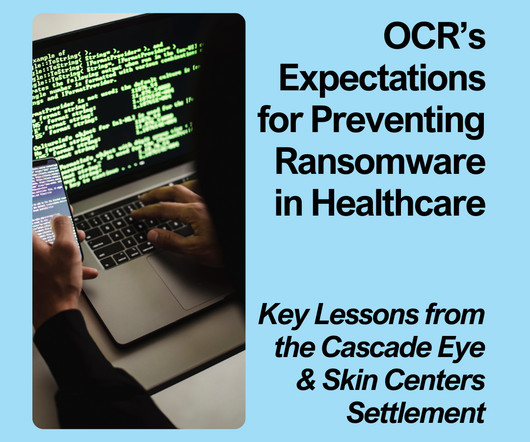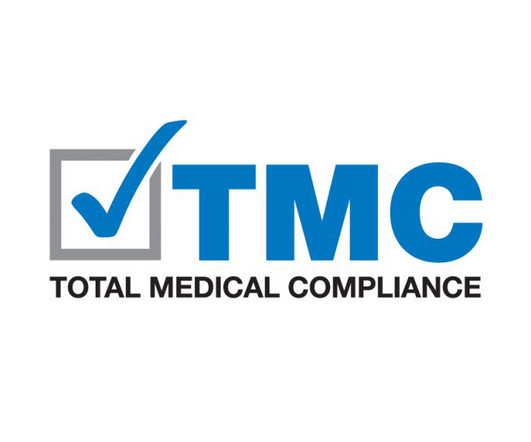OCR’s Expectations for Preventing Ransomware in Healthcare
Total Medical ComplianceHIPAA
NOVEMBER 8, 2024
OCR clarified that risk analysis must be an ongoing process, not a one-time task, allowing organizations to adapt to new technologies and emerging threats. Implementing a Risk Management Plan OCR requires organizations to create and maintain a risk management plan that addresses identified vulnerabilities.











Let's personalize your content